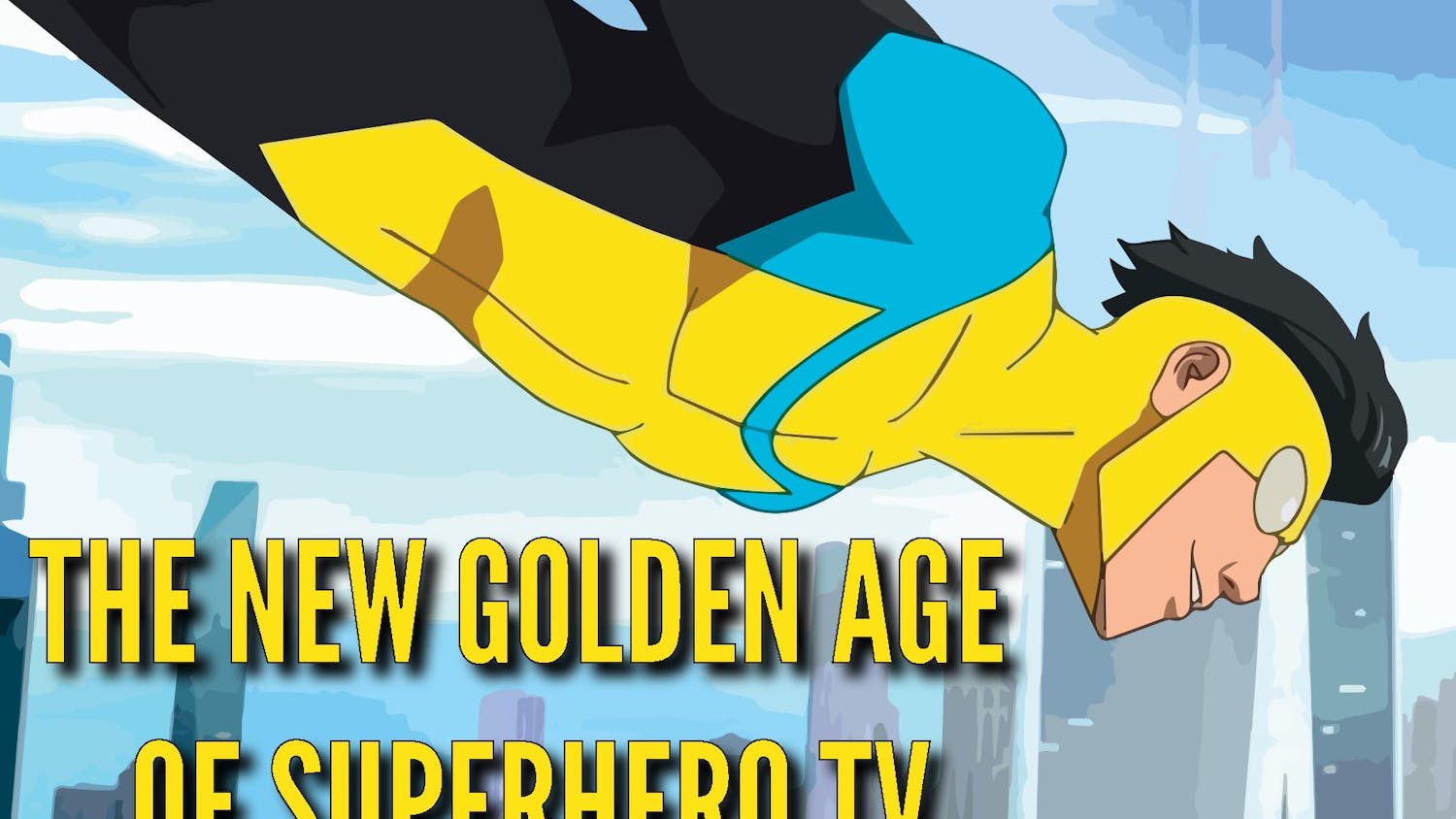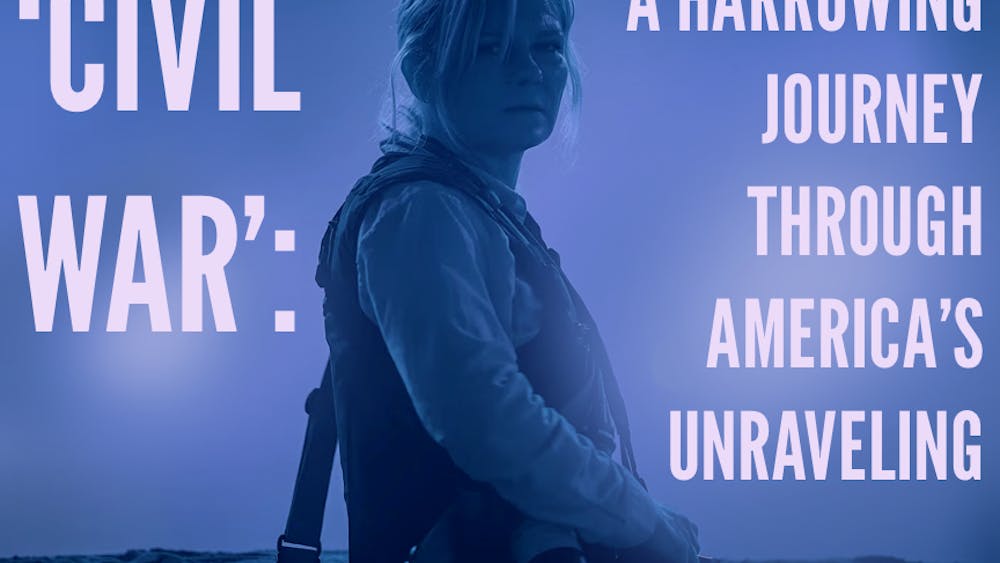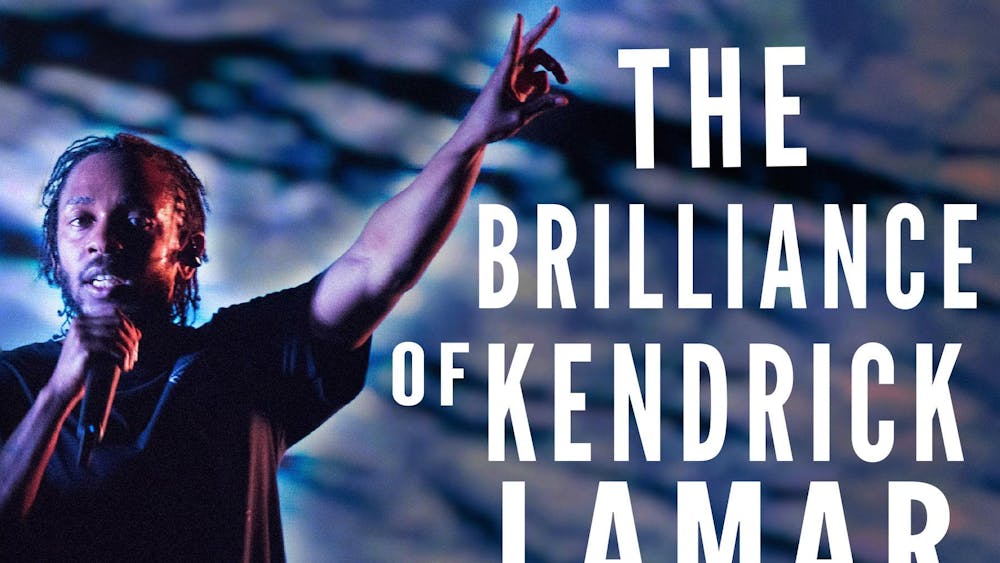
I love vinyl.
Maybe that makes me basic or a try-hard, but I don’t care. I stole my turntable and stereo from my aunt’s attic and put on the record what I thought looked the coolest, because high school freshman Colleen did not know any good music yet — she was still playing the Jonas Brothers on repeat (I guess not much has changed). So I put on Donald Fagen’s “The Nightfly” and fell in love. I liked how you could watch it spin and see it play, and I loved how tangible it was. I asked for the “Hamilton” soundtrack on vinyl for my birthday that spring which is very cringey.
Don’t get me wrong, I was listening to good music eventually. I learned how to find music that was made to play on vinyl. It taught me to read about records, to find out the importance of where things were recorded and who was in the room. I began to recognize producers’ names and laughed at musicians’ jokes on the back.
Not so long after that I bought my first comedy album. It was an album released in the mid- to late-60s and was called “Lyndon Johnson’s Lonely Hearts Club Band.” It was a reference to the Beatles album and shared most of the same artwork, but the faces of the musicians were replaced with serial killer-esque magazine cut-outs of politicians. In a world full of visual comedy, now 16-year-old Colleen loved this unique way of consuming comedy. The album’s concept simply takes radio interview clips out of context. It was hilarious. They made fun of the number of children Bobby Kennedy had with Bobby Kennedy’s own voice. It not only didn’t need any visuals, it was better without them. That would have hindered the album; the dramatic cuts in footage would let the viewer know they weren’t part of the same art piece. Instead, the comedian’s questions and the radio clips melted into each other.
I then started collecting random comedy albums — anything from John Mulaney and Patton Oswalt’s modern comedy to Nichols and May, the comedians who inspired them (I actually have two copies of that one because someone gifted me one). Now I didn’t see John Mulaney swinging the microphone cord around as he thought, but I did hear his pauses as if they were rests before an epic beat drop. The jokes hit harder and were funnier. I bought for a dollar Vaughn Meader’s “The First Family,” which is a John F. Kennedy impersonation record, and flipped between it and historical recordings of the former president’s speeches trying to tell the difference. I put it on and laughed at the same jokes over and over. It was well worth the money.
There is something special about comedy without picture. It is almost as if it is in its purest form. Without visuals, it keeps the secrets between you and the comedian, making it seem as if they’re jokes between friends while at a movie or in class. It brings the comedian into the room with you. Listening to music on vinyl has taught me to listen to the pauses and to hear the silences. Listening to comedy on vinyl hasn’t taught me much besides how to laugh my butt off.













